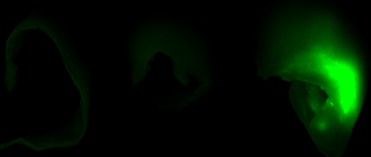Lead researcher
Nay Min Htun
Main finding
We suggest that near-infrared autofluorescence imaging allows for identification of high-risk atherosclerotic plaques and ultimately holds promise for detection of such plaques in patients.
Centre
Other
Research group
Monash Micro Imaging
Journal and article title
Most surprising
Our study demonstrates that autofluorescence in the NIR range uniquely characterizes high-risk atherosclerotic plaques.
Future implications
Early detection of high-risk atherosclerotic plaques to prevent plaque rupture, which can cause potentially catastrophic outcomes such as stroke and myocardial infarction.
Disease/health impact
Atherosclerosis


